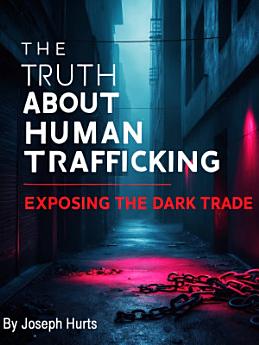The Truth about Human Trafficking: Exposing the Dark Trade
About this ebook
The definitional complexities surrounding human trafficking often obscure public understanding of this crime, as the legal frameworks and popular perceptions of trafficking may not align with the diverse realities experienced by victims. International law defines trafficking as involving the recruitment, transportation, transfer, harboring, or receipt of persons through force, fraud, or coercion for the purpose of exploitation, but this definition encompasses a wide range of situations that may not match common stereotypes about trafficking victims or perpetrators. The focus on movement and transportation in many trafficking definitions can obscure cases where victims are exploited in their home communities, while the emphasis on force and coercion may not capture situations where victims are manipulated through false promises or economic desperation.
The statistical challenges in measuring human trafficking reflect both the hidden nature of the crime and the methodological difficulties in studying illegal activities that participants have strong incentives to conceal. Estimates of trafficking victims range from millions to tens of millions globally, but these numbers are based on limited data and methodological assumptions that may not capture the full scope of the problem.








